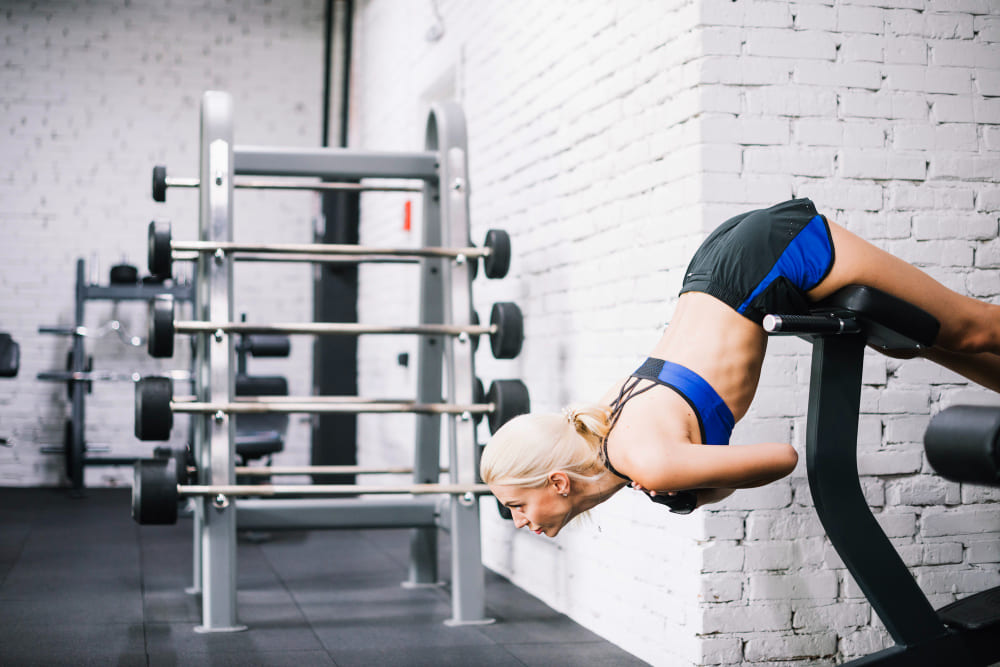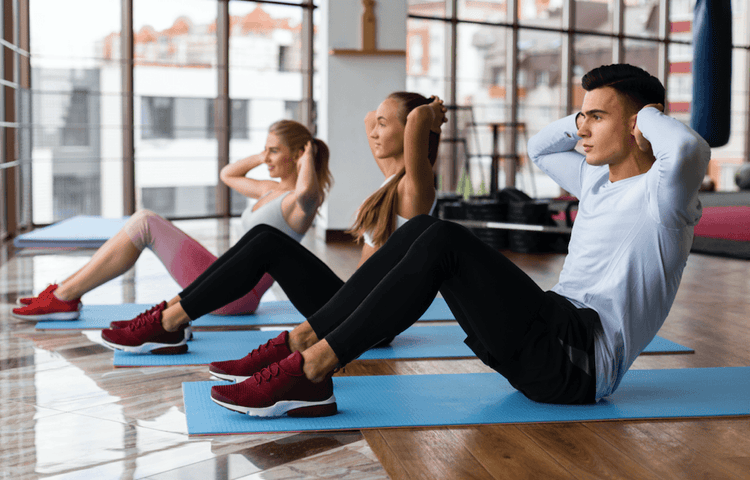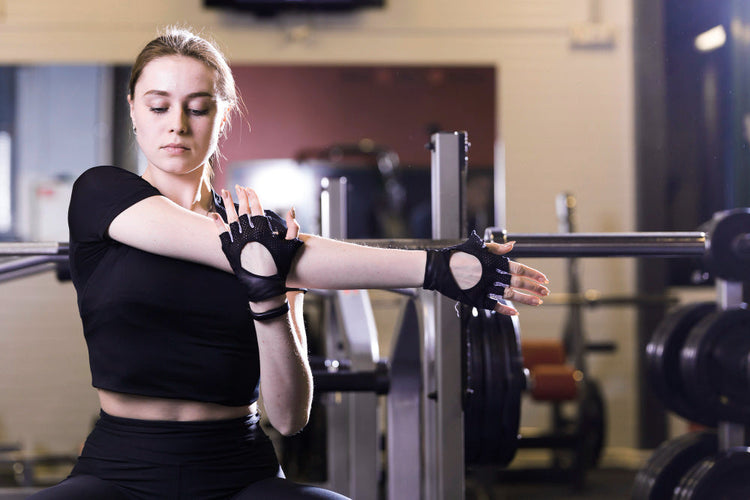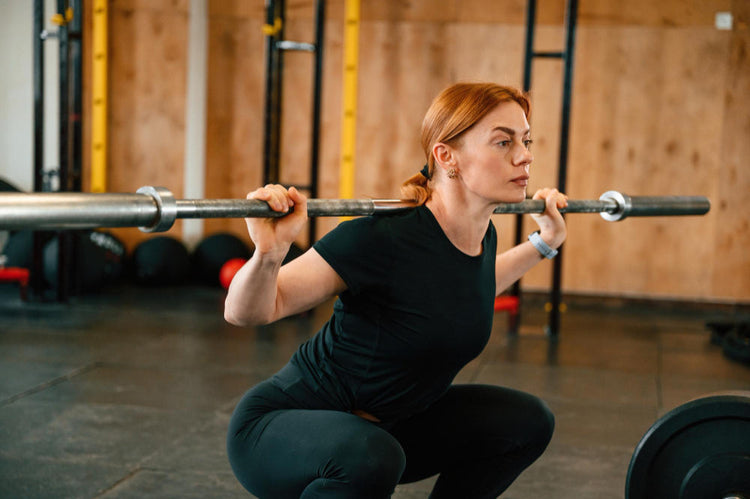
 Instagram
Instagram
Hyperextension: Video Guide to Complete Back Extensions


Related products

The set of exercises well-known as hyperextensions or back extensions, plays a big role in strengthening the lower-side back muscles, glutes, and even hamstrings. Spine specialist Dr Michael Anderson reinforces this with, "These exercises are important to do because they will create stability in the spine and prevent lower back injuries." As research has shown that at one time or another, 80% of adults are affected by lower back pain, incorporating a hyperextension workout routine can be very pivotal for ensuring long-term health of the spine. For anyone aiming to improve sports performance, back strength and spinal stability are critical yet often overlooked. One of the most effective exercises for targeting the posterior chain—particularly the lower back, glutes, and hamstrings—is the hyperextension (also called back extension). When executed correctly, hyperextensions not only support injury prevention but also improve lifting posture and endurance.
Why is Proper Form for Hyperextension Important?
It is very important to ensure that proper form is maintained while conducting this exercise; poor form may easily result in an injury. Bad posture can put unnecessary strain on the lumbar spine, leading to problems with discs or further aggravation. As Dr Emily Roberts, a physiotherapist, explains, "the client should be instructed to move slowly and control the movements at all times, also ensuring that there is no hyperlordosis of the back to ensure the correct muscle focus." Some have estimated that lifting with poor form in terms of back extension increases the risk for lumbar strain as much as 30%. In that sense, appropriate technique becomes rather important. To aid muscle recovery and reduce soreness after back day, Weider BCAA + Glutamine Caps provide essential amino acids that help protect and rebuild muscle tissue—especially the spinal erectors that get worked during hyperextensions.
How to Perform the Back Extensions, Step-by-Step
Lie on a hyperextension bench on your stomach so that your hips align with the edge of the pad. You can cross the arms over the chest or put your hands behind the head. Lower the upper body down to the floor, keeping a straight spine. Lower your body down and raise it back up, fully squeezing your lower back muscles without over-extending. According to Dr Sarah Williams, a sports medicine professional, "this movement under a qualified professional initially-especially for beginners to the exercise." Independently, injury risk has also been documented to be decreased by as much as 40%, with training supervision. Proper intra-workout hydration can help prevent cramping and fatigue in spinal and hamstring muscles. Try Alien8 EAA + Electrolytes – Banana Strawberry, which combines essential aminos and electrolytes for optimal training support.
Modified and Variations of Hyperextension
Those with issues in their lower back will need some modification to help them perform the hyperextensions safely. Variations include the 45-degree back extension, which reduces the range of motion and subsequently lessens the stress through the lower back. According to one publication in the Journal of Orthopaedic & Sports Physical Therapy, back extensions modified in such a way can still prove very effective for strengthening the lower back with much less injury risk. As Dr Alex Thompson has said, "It's very important to adapt an exercise based on someone's individual capabilities to make sure it's both safe and effective for them. Those training for size and power often include a pre-session muscle pump supplement to maximize engagement. Raw Nutrition CBUM Essential Pre-Workout – Orange enhances focus and circulation, perfect for back and hamstring activation." One needs to ensure that practical application always concerning the ability of the individual must be set forth to ensure safety and effectiveness thereof. You can also try our 7 Effective Alternatives to Deadlifts for Muscle Gains
People Also Ask
What does hyperextension pain feel like?
Pain from hyperextension typically includes sharp or aching pains in the involved joint or muscle. This is usually accompanied by stiffness and a lack or limitation of movement. In the lumbar region, this may be described as a deep, sharp, pointed pain that worsens with movement or standing after a long time. To maintain core strength across your workout week, pairing posterior chain work with high-quality protein is a must. AllNutrition Whey Protein Premium – Strawberry Banana supports lean mass development and recovery without unnecessary fillers.
What is an example of hyperextension?
The hyperextension could explain a situation where your knee extends more backward than the normal range of motion. Such motion, for example, may be in the nature of a stop or a quick pivot, especially during sports, may tear a ligament or injury to the joint.
Are hyperextensions bad for your back?
When hyperextension is performed correctly, it is not harmful to your back and in fact strengthens the lower back muscles. Poor form or overextension does lead to strains or injury; therefore, the exercise must be executed keeping good form in mind.
What causes hyperextension?
Hyperextension is the injury from too much extension beyond what is considered a normal range of motion for a certain joint. This may be due to sudden, forceful movements, poorly executed exercises, or accidents resulting in undue stress to joints and muscles.
Conclusion
If integrated into the routine, these sets of exercises strengthen the lower back and prevent injuries. However, in this exercise, the form and technique matter because these could avoid unnecessary straining of the body. In some instances, it may be best to consult with a health professional first before one embarks on this activity, especially if there are previous conditions. As Dr John Davies puts it, "When done correctly, hyperextensions are an integral part of keeping the spine healthy and for general functional fitness." Be sure to use proper technique, start with modifications if needed, and support your recovery with the right glutamine, electrolytes, and muscle pump products to keep your training safe and effective.































 Rated Excellent by 26,523+ Reviews
Rated Excellent by 26,523+ Reviews